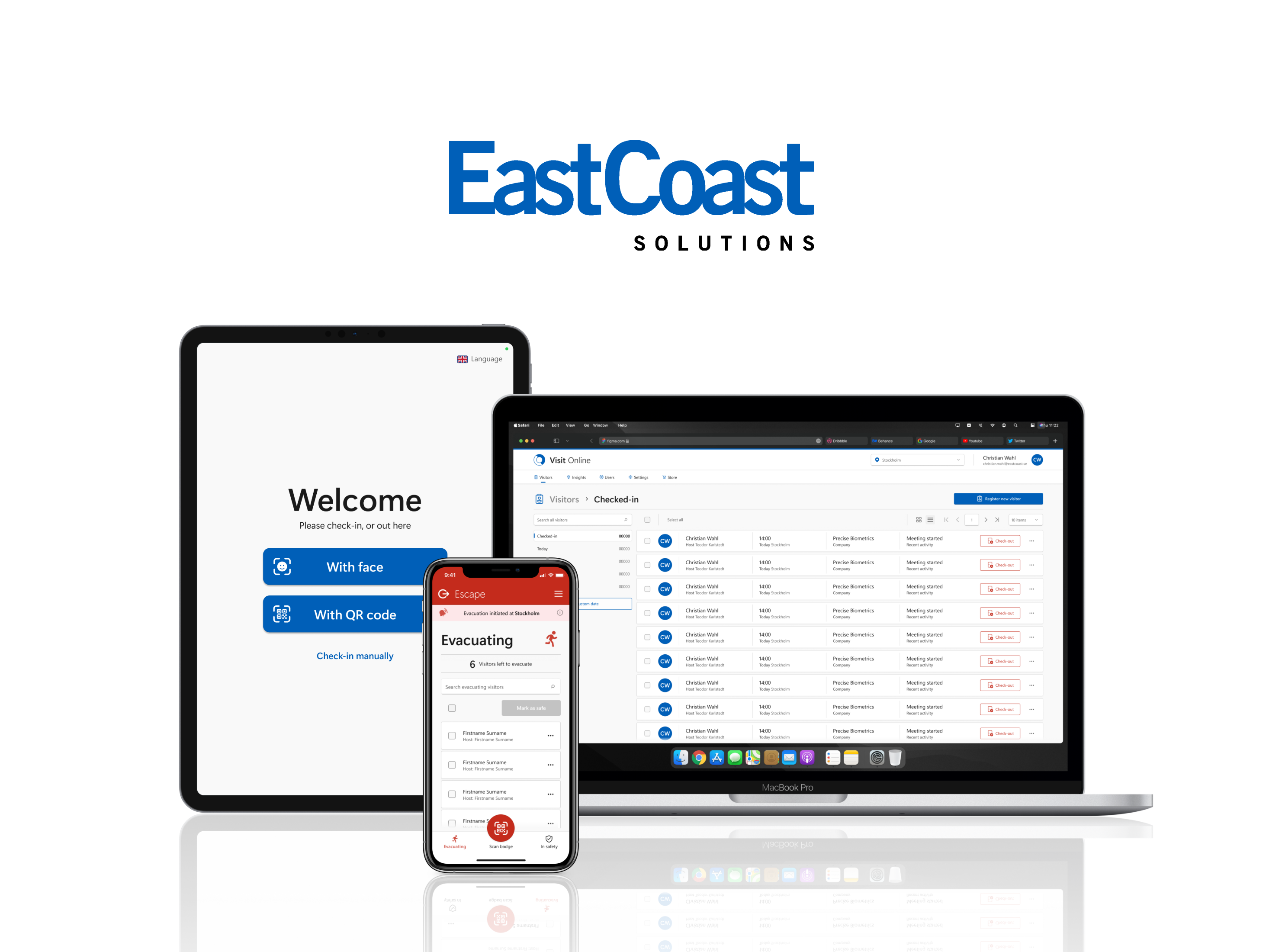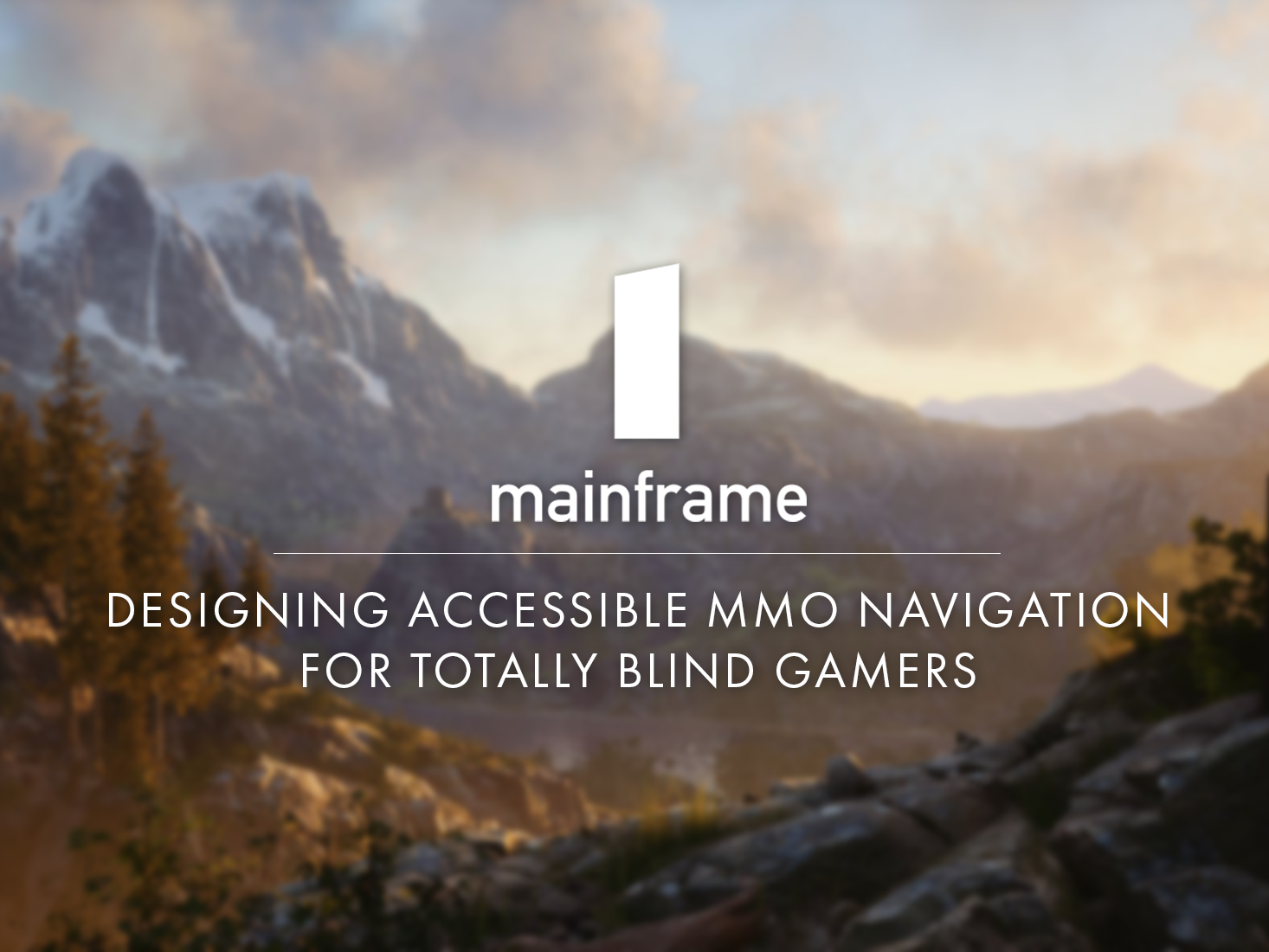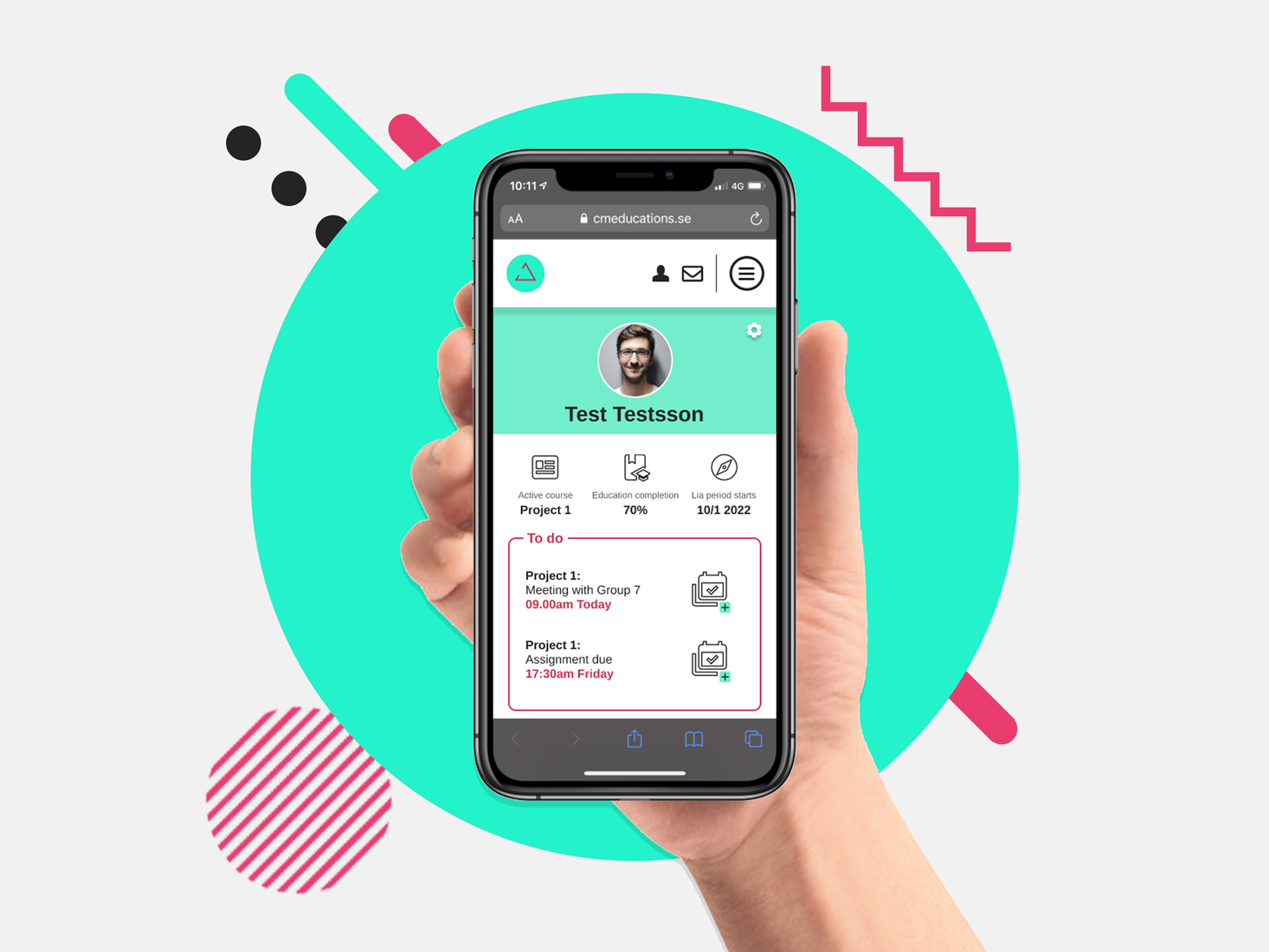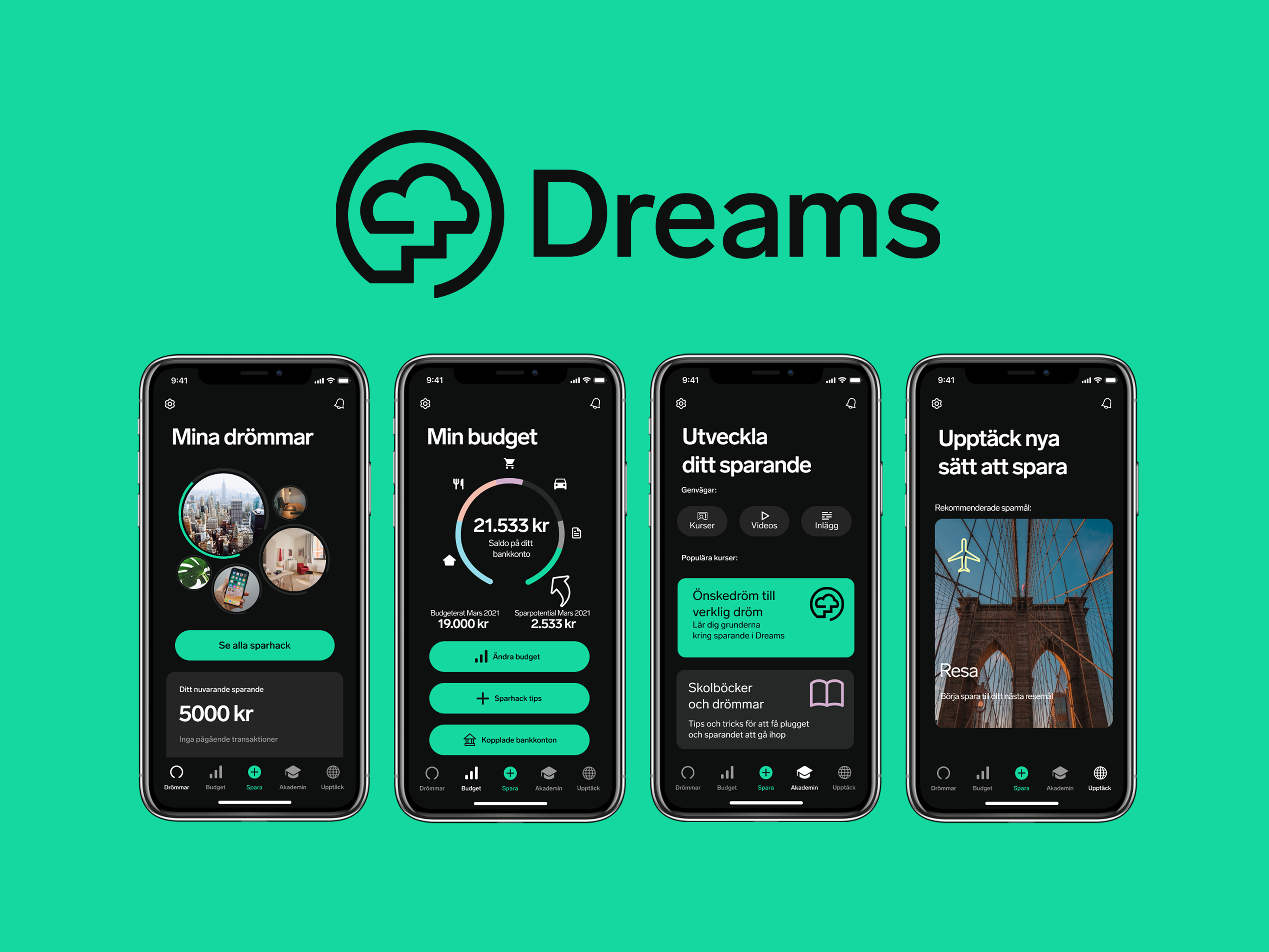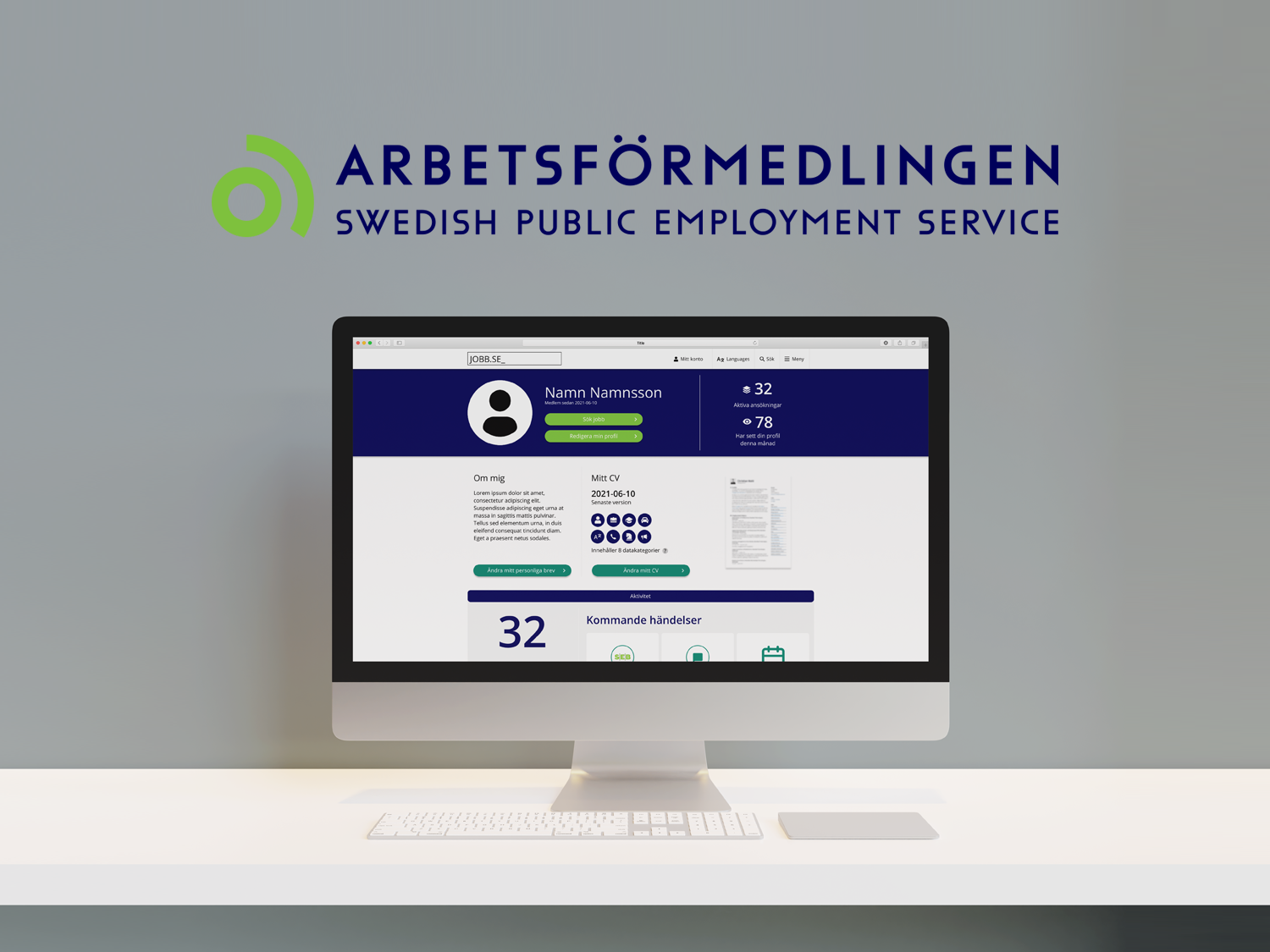Workplace orientation in healthcare
In the 3rd client project at Changemaker Educations, we worked with Region Värmland, aiming to improve the experience for elementary school students doing their workplace orientation in the Swedish healthcare sector.
The project was held alongside my side-project with Overflow Games, designing a Rogue-lite challenge system. For 4 weeks we handled both projects, researching and designing solutions for two completely different clients and outcomes.
Region Värmland = Is a government-organ handling healthcare, city planning, and public transport in the Swedish region of Värmland
" How can we mediate the importance of the healthcare sector to PRAO students, in a fun and engaging way? "
What is PRAO?
PRAO (or PRYO as older generations of Swedes might remember it) is a course taken by elementary school students in the 8th grade.
PRAO is an abbreviation in Swedish for Praktisk Arbetslivsorientering which roughly translates to Practical Workplace Orientation.
For this course, students get to find a company to have a couple of weeks of workplace orientation at, which is meant to prepare them for future jobs and help guide their choice of high-school studies.
Design process
Applying almost every research and UX method we've learned during our studies, we conducted thorough research which guided our actions during a design sprint.
Challenges
Workplace orientation in the Swedish healthcare sector can be quite difficult to navigate due to patient safety, and this applies firmly to our and Region Värmland's case where students are supposed to get the opportunity to experience what it's like to work in a hospital.
The region also only gets to hold a one-day practical workshop, as part of a week of introductions to different jobs in the healthcare sector, e.g. elderly care, etc.
With these limitations in mind, we set out to research what all parties want, and expect from PRAO in healthcare, and how we could make the most out of both limited hospital resources and staff's limited time.
Research
Being a project with so many parties, expectations, and needs to consider in our design, our main focus for the project settled on thorough research.
Out of 4 parties, two quickly stood out as the most interesting to learn more about, Students, and Medical staff. Finding medical staff to interview was quite easy - but 8th-grade students proved to be difficult, especially since they are not yet of legal age.
We, therefore, started by interviewing 6 medical professionals, where our questions mainly revolved around what it's like to work in healthcare, and also how they remember their own experiences with PRAO. Our project lead also got the opportunity to take part in a group interview with a class of 8th graders that proved very valuable. Our greatest insight from all research was that:
Students really want to help, and learn practically
Prototyping & Testing
With the limited resources that a busy hospital can spare, most examples of workplace orientation in hospital environments we found consisted of students getting to fold towels and other unrelated, and quite frankly boring tasks.
We knew we didn't want that to be the case with our solution, so as a group we quite quickly realized that a digital companion of some sort, that could at least in a sense replace a real medical professional in guiding students in doing actually relevant tasks was our solution.
We began prototyping, and when we had completed our MVP we usability tested it with two 8th graders, gaining valuable insights from them that allowed us to iterate on the prototype. We also tested it with 4 medical professionals, to make sure the content (although mainly placeholders) and structure were relevant.
The result
Our primary deliverable to Region Värmland became our report including a list of recommendations based on our research and our secondary was the following activity-based prototype.
Activity - Discussion
In the prototype's first activity section the PRAO students are allowed to challenge their prejudices and thoughts about healthcare-related situations.
The digital companion provides students with 3 scenarios that they can discuss amongst each other. With this section, we hope to inform students about the many difficult decisions medical staff face each day, and how they can be solved as a team.
In creating the prototype, we wanted to have all sections provide the students with experiences that might act as eye-openers to the reality of working in a hospital environment.
Activity - Roleplay
During the roleplay section, the PRAO students get to test how a particular care scenario could be handled from the perspective of a selected medical profession.
Here we move away from the previous activity's theoretical exercises and let the students actually try on real medical equipment in a safe environment. This was something many 8th graders we asked wanted to be able to do. Most of the students we asked wanted to try this in a real scenario, but understood the safety issues that may arise and told us they were fine with just simulating, perhaps on a training doll.
This was a compromise between safety and want that needed to be made, but the activity was found to be adequate in giving students the knowledge they seek, and in so doing help guide their choice in further studies.
Activity - Today's profession
The third activity, "Today's profession" is in structure a combination of the two previous activities, that can be shaped to the needs of the client (Region Värmland). In our example, students get to roleplay the role of a midwife and tackle both theoretical and practical challenges.
The role of a midwife was chosen since it's one that the region currently is hiring for, but the role can be freely exchanged for another one based on the needs of the region.
After taking on all challenges in the activity, students are presented with a final quiz to test their knowledge of the profession they've just roleplayed.
Final thoughts
Key takeaways
Full disclosure, as someone who generally gets most excited creating prototypes and fiddling in Figma, getting to step back from this and instead focus on doing thorough research was a nice change of pace, and very valuable for me.
It was nice to know that I was a part of a group of knowledgeable people that would produce a clear and easy to use prototype without my intervention - yes, I'm a bit of a control freak :)
Working with Region Värmland as a client was also very easy, and there was a good balance between them knowing what they wanted, and our creative freedom.
• It was hard to find and morally difficult to interview students in the 8th grade. We got permission from students' guardians before interviewing them.
• Medical professionals provided a great many insights that helped guide our decisions, although they weren't our primary target group.
• Focusing on research and documenting/creating recommendations to the customer was valuable for my personal development as a UX Designer.
Experience our solution
The following prototype was made for educational purposes, pages are in Swedish, and only partially interactable.
Downloads
If you'd like to read up more on our process and the recommendations we gave to Region Värmland, you can download our report from the button below.
Do note that the report is in Swedish as per the wish of the client.
Thanks to!
The team
William Wernemar, Project Lead
Kevin Leckremo, Interview Lead
Lille-Banou Zamyeri, Research Lead
Felicia Rosenqvist, Decider & Facilitator
Love Lindqvist, Lead Prototyper
Myself :), Lead Documenter & General Designer
Region Värmland
The HR department
Christian Höök @ Karlstad Kommun who gave us valuable insights into how students apply to PRAO and what motivates, and drives their decisions.
Our awesome testers!
November 2021
